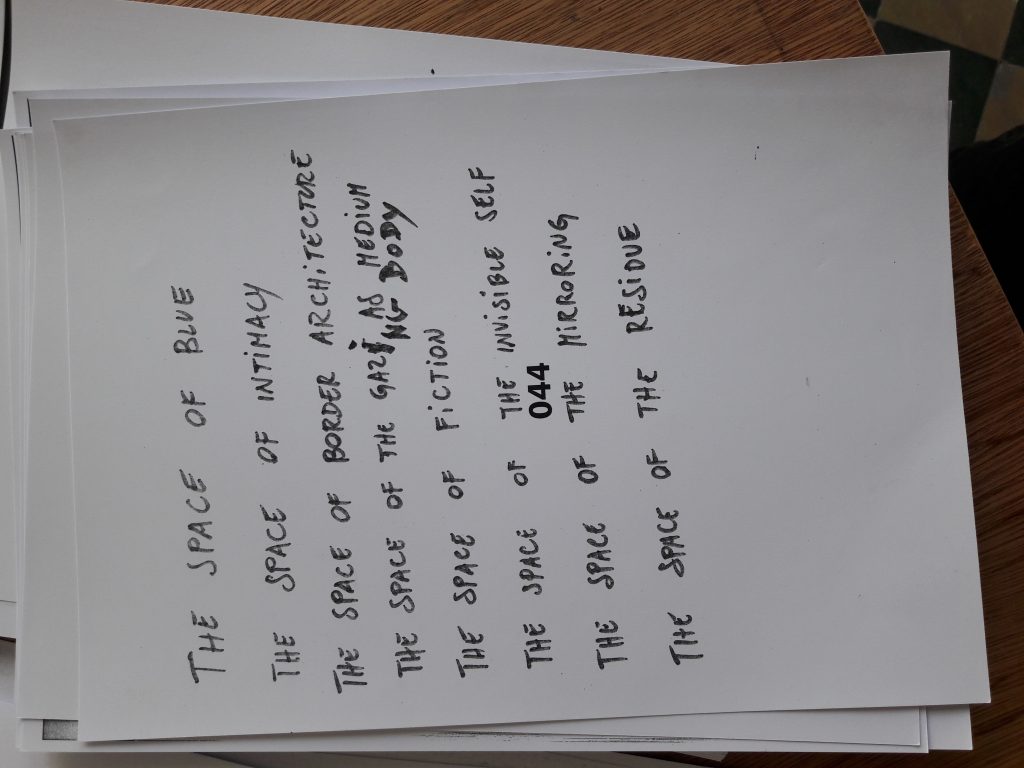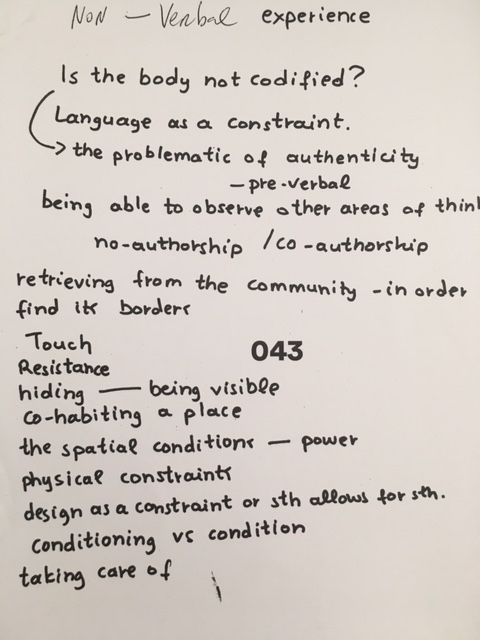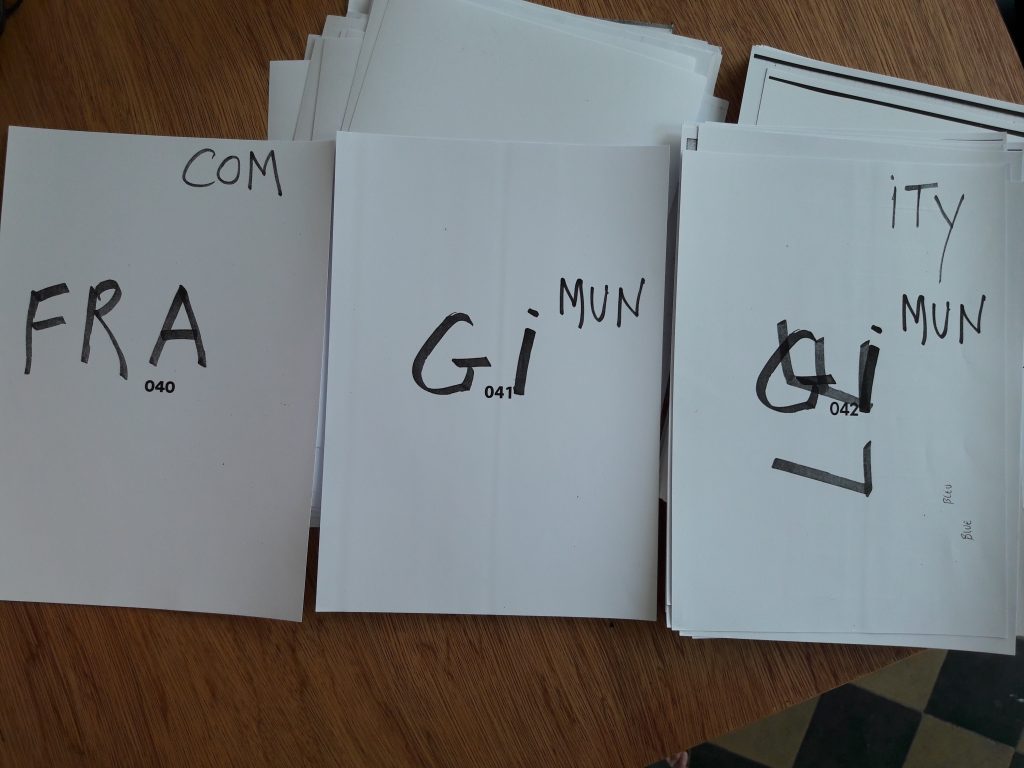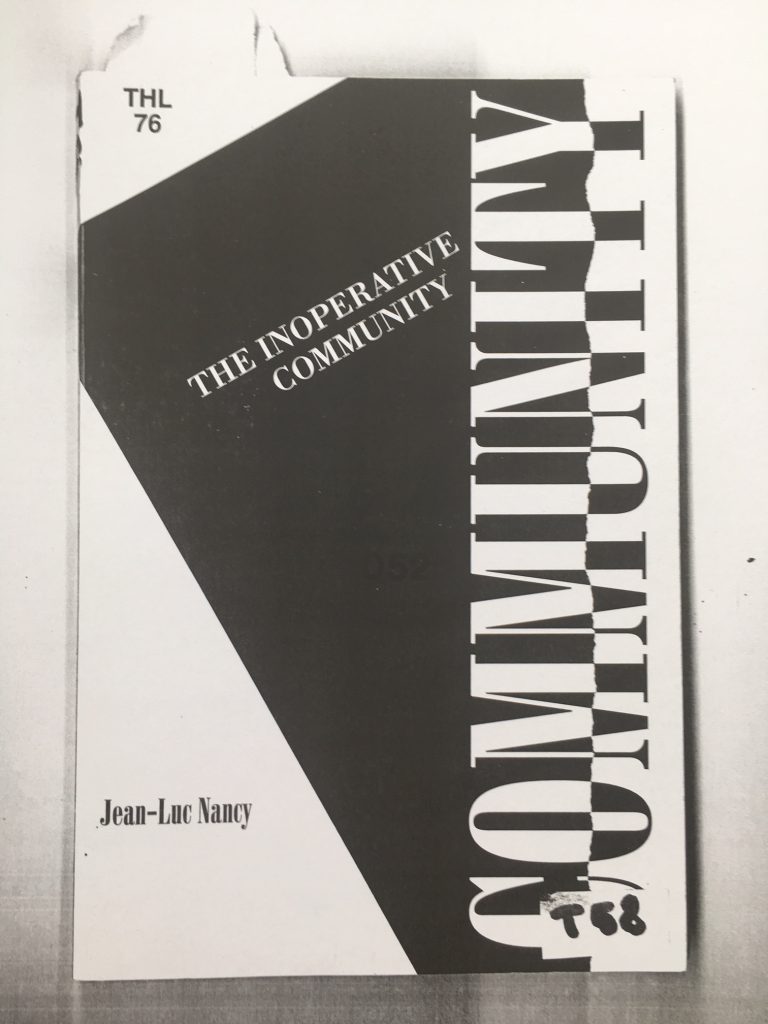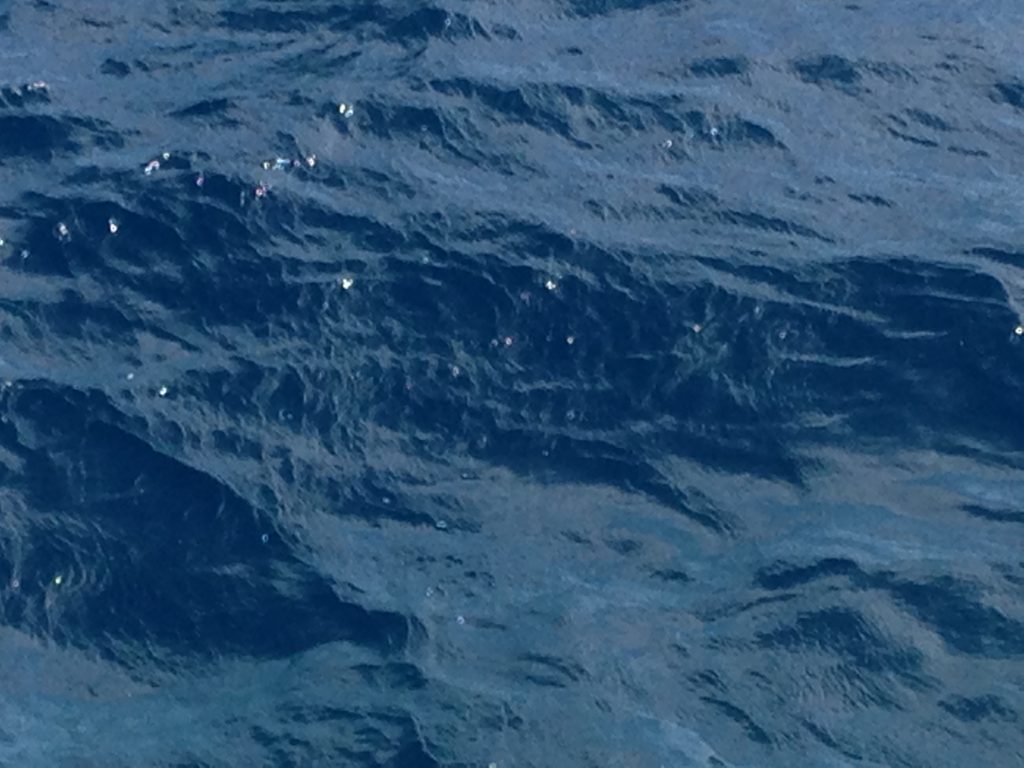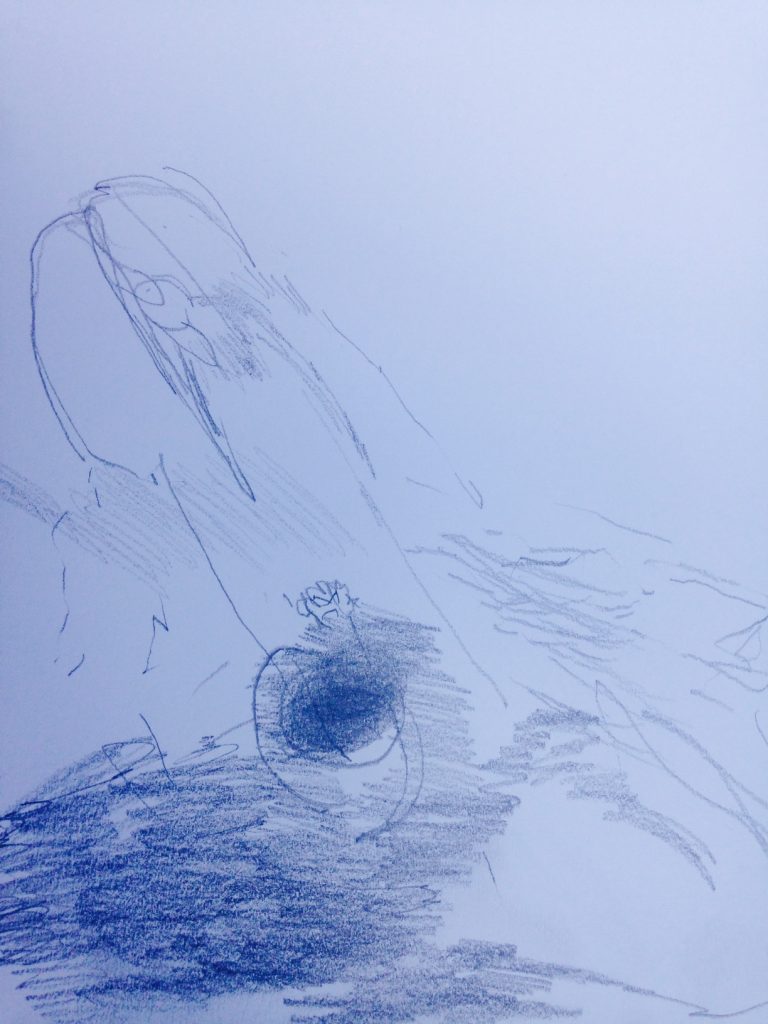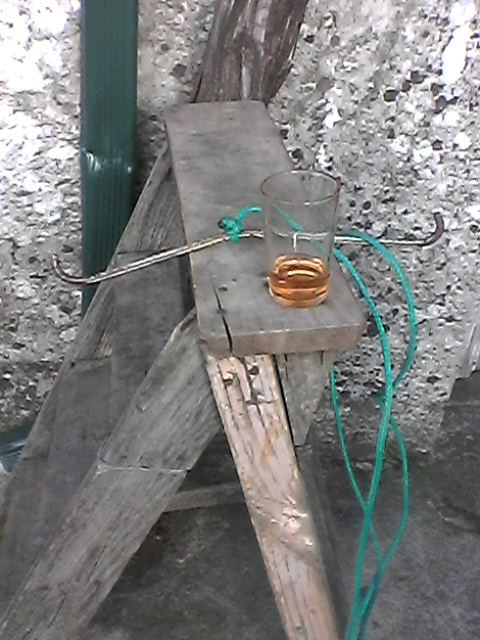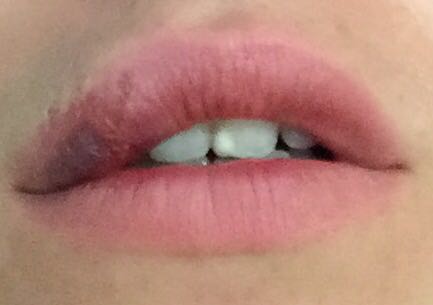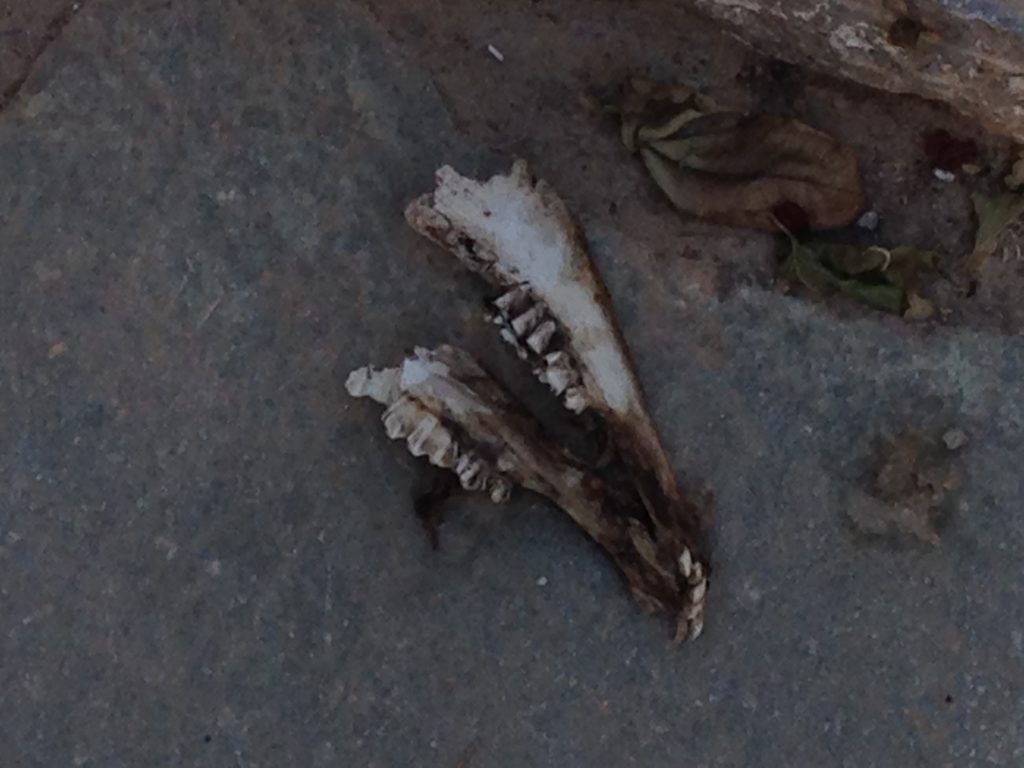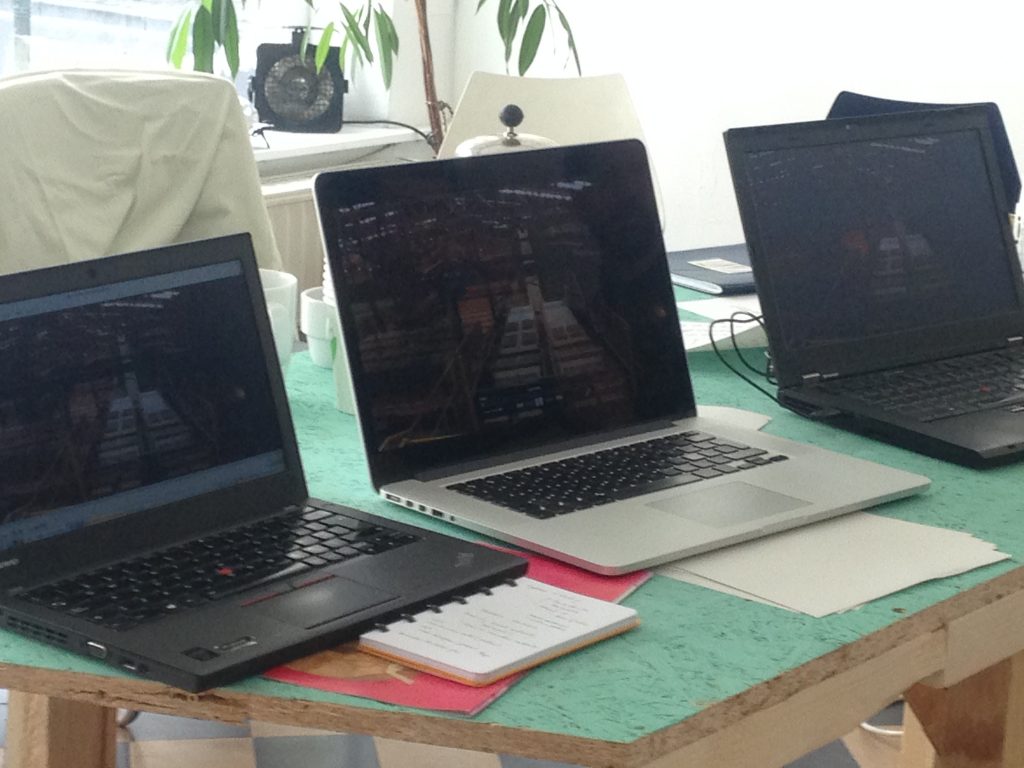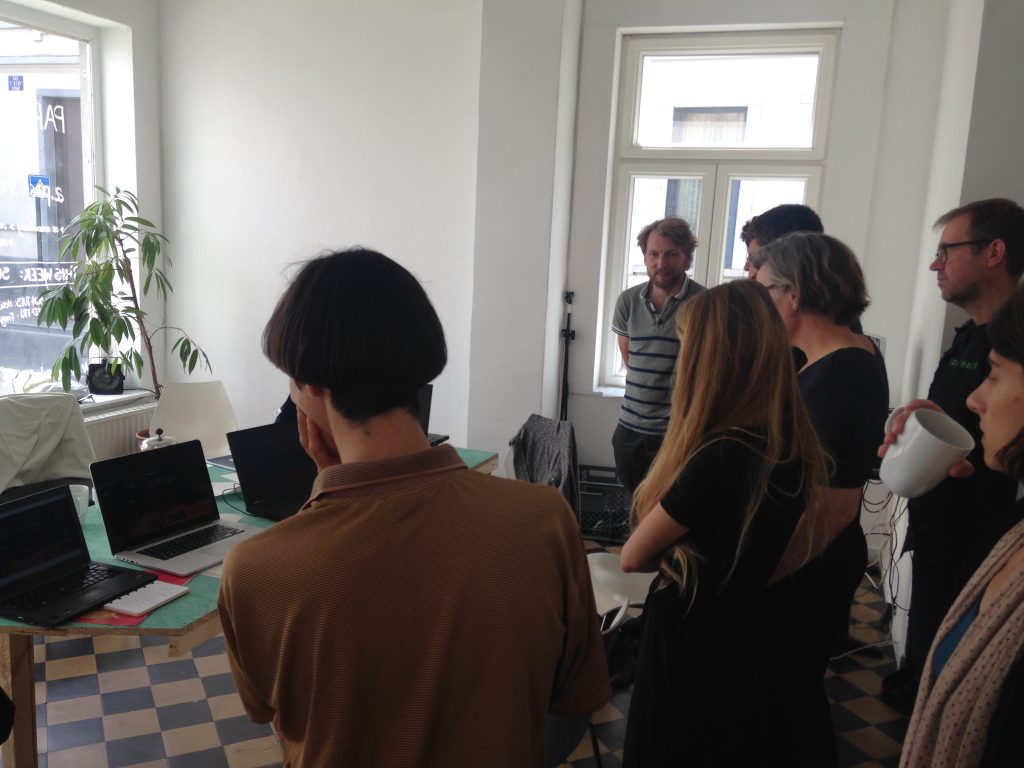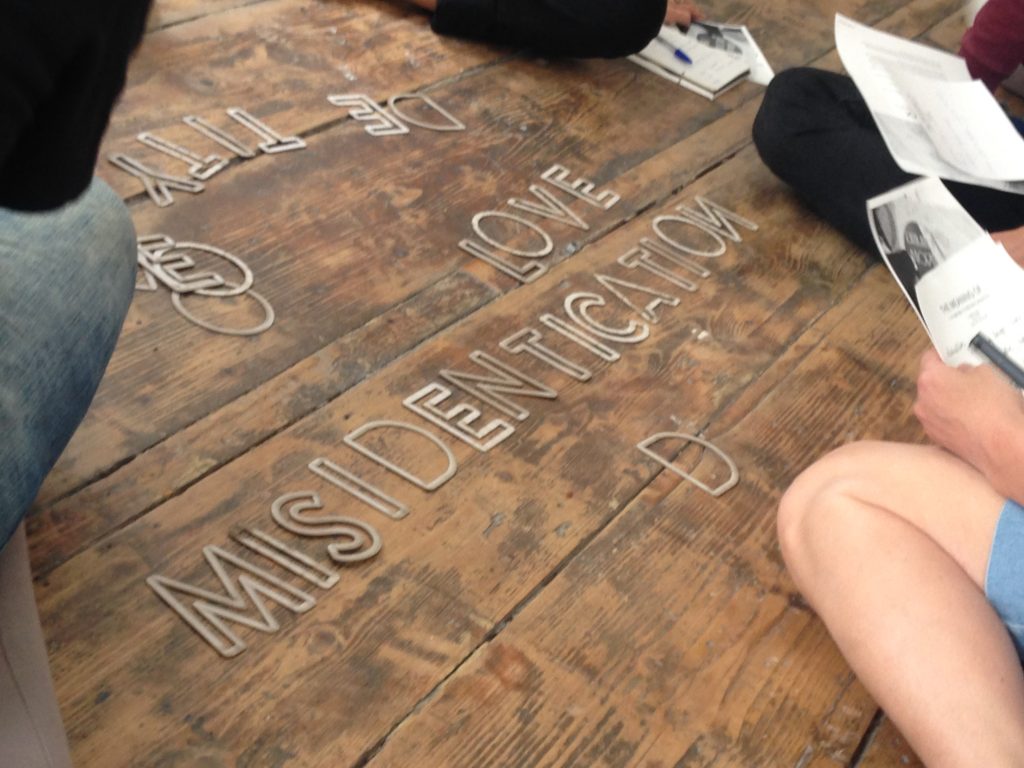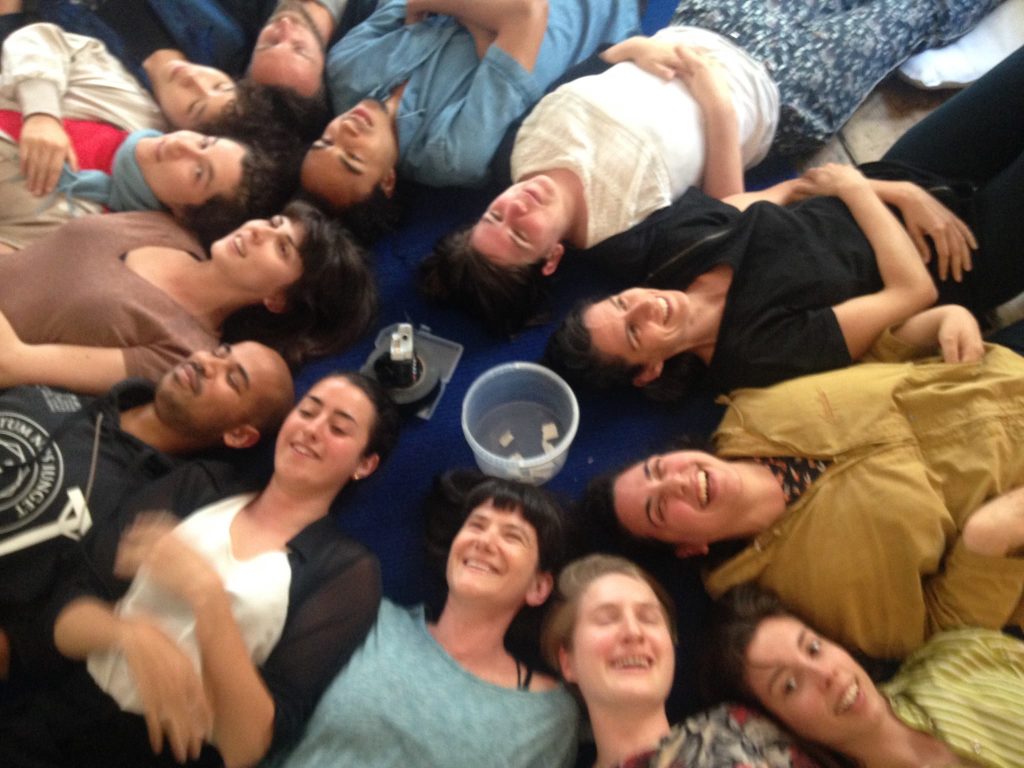4 June-30 September 2018
Research center 18/II curated by Lilia Mestre
A month residency at ZSenne ArtLab : On Anarchiving > On Love > On Score -ing > On the spot > On presence
“Gatherings of parallel parasite platforms for practice based research in the arts > If you want to know, come!”
From the 4th till the 30th of June 2018 the
a.pass Research Centre (RC) was in residency at
ZSenne ArtLab and constituted itself as people met, as thematics emerged, as the environment conditioned, as the weather manifested, as the bodies formed, as toxicity persisted, as we drove ourselves towards multiplying perspectives for thinking and experiencing phenomena emerging from artistic research practices.
The RC functioned as a meeting point for the convergence of concerns, interests and the pleasures of learning together. The proposal researched itself and its modus operandi in terms of hospitality, dissensus and criticality through the various research practices proposed.
The propositions consisted in reading groups, activating thinking/doing practices, score -ing, speculative talks, and registration/documentation formats in order to converge multiple insights on reflecting/experiencing in the quasi public environment of the gallery space.
The Research Center in residency invited several guests which were interested in thinking and experiencing ‘gathering’ as a form of knowledge processing bridging theoretical and experiential approaches. These gatherings didn’t depart from personal concerns but aimed to bring to practice inter-subjective frame works to question artistic research as a learning together field.
This approach addressed two main curatorial concerns. The first was about the publicness of a Research Centre for artistic research: what is its visibility, accessibility and share-ability? What are the internal and external demands and needs of such environments? The second came from an observation on what I’m calling parallel-parasite platforms for practice based research in the arts.
a.pass is constantly questioning the positionality and share-ability of what is learned and interrogating the political implications of the research practices. In response to those problematics, the proposition was to dislocate the RC to a semi-public environment and to locate it temporary in a gallery space, one of the per-se spaces for the exhibition. The question that was driving this movement (from the inside to the outside) was: can the a.pass RC in dis-location generate a hub for the study of some of its practices? can this movement instigate other forms of share-ability and access that are informal and porous? We addressed the agency of such public-ness and how it gave perspective to the critical doing and the critical thinking in artistic research and what forms of sociability it generated.
In this movement between having to retreat from the world and then go back to the world as both places to make sense (study) of our relation with things, various questions start to appear: What is the importance and articulation of doing/thinking practices? And what kind of positionality would this create in the semi-academic frame work?
What kind of environments and practices can we envisage to share political/ aesthetic concerns? what kind of ‘library’ would we build to address these concerns?
The three main proposals were: SOL (School of Love) proposed by Adva Zakai, The way of the Anarchive proposed by Erin Manning (SenseLAb) and ScoreScapes proposed by Lilia Mestre (a.pass). These invited quasi – institutional set ups affiliated in one way or another with the academic environment are experimental formats that question learning processes. They are actively and critically challenging modalities of knowledge production in artistic research. All these ‘parallel-parasite platforms’ or ‘ways of doing’ are engaged in thinking-doing practices that converge theoretical and artistic research practice approaches.
Each practice had a specific way of opening to the public. The basic structure was a daily private practice for a group of invited artistic researchers and an open door practice everyday from 17:30 till 20:00 where public conversations and doings welcomed the interested and the passerby.
About this website:
We filmed every public discussion. These had different forms and subjects, from socratic dialogue to classic lecture, recorded interview , mediated discussion passing through a drumming concert with after talk. The videos and sound recordings of all these moments are collected in time line of 20 hours. No editing is added.
Sina Seifee created an interface on top of the video which allows to complement it with other materials collected and a-posteriori reflections. As a viewer, one can scroll through and find points of interest. We followed the anarchive* guide lines of SensLab to proceed with our investigation. For more information about the website visit
this page.
The RC is mainly working with alumni and associated researchers linked with the a.pass Research Center.
For Parallel Parasite we were:
Alex Arteaga, Silvia Pinto Coelho, Bojana Cvejic, Nikolaus Gansterer, Nicolas Galeazzi, Adrijana Gvozdenovic, Nico Dockx, Steven Jouwersma, Halbe Kuipers, Pia Louwerens, Sara Manente, Marialena Merouda, Erin Manning, Brian Massumi, Lilia Mestre, Martino Morandi, Pierre Rubio,
Sina Seifee, Eric Thielemans, Femke Snelting, Eleanor Weber, Adva Zakai, Veridiana Zurita with Petra Van Dyck and Lea Dietschmann.
and the post-master researchers:
Elen Braga, Nasia Fourtouni, Leo Kay, Laura Pante, Geert Vaes, Maurice Meewisse, Caterina Mora, Ezther Nemethi, Hoda Siahtiri, Goda Palekaite, Katinka Van Gorkum.
*Anarchive
Immediations project in SenseLab
- The anarchive is best defined for the purposes of the Immediations project as a repertory of traces of collaborative research-creation events. The traces are not inert, but are carriers of potential. They are reactivatable, and their reactivation helps trigger a new event which continues the creative process from which they came, but in a new iteration.
- Thus the anarchive is not documentation of a past activity. Rather, it is a feed-forward mechanism for lines of creative process, under continuing variation.
- The anarchive needs documentation – the archive – from which to depart and through which to pass. It is an excess energy of the archive: a kind of supplement or surplus-value of the archive.
